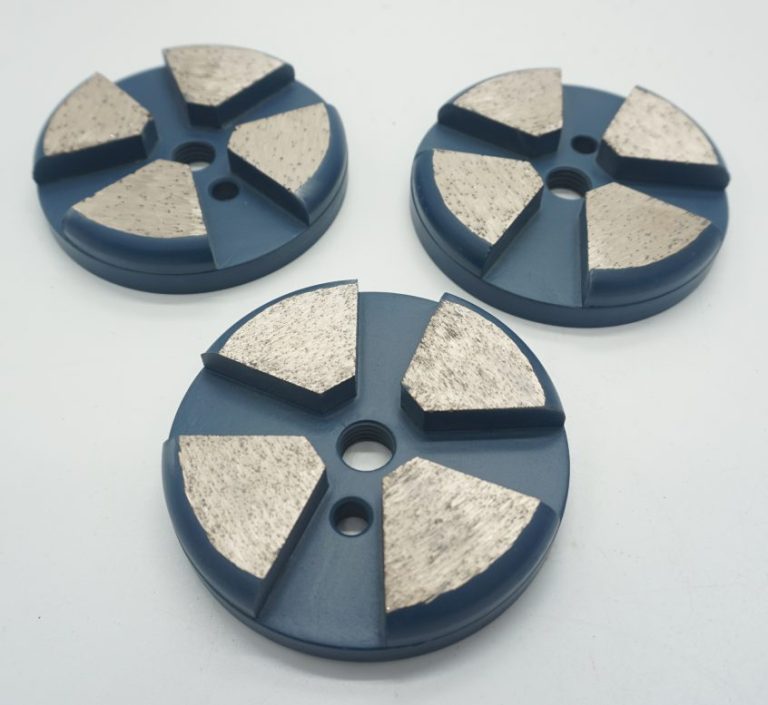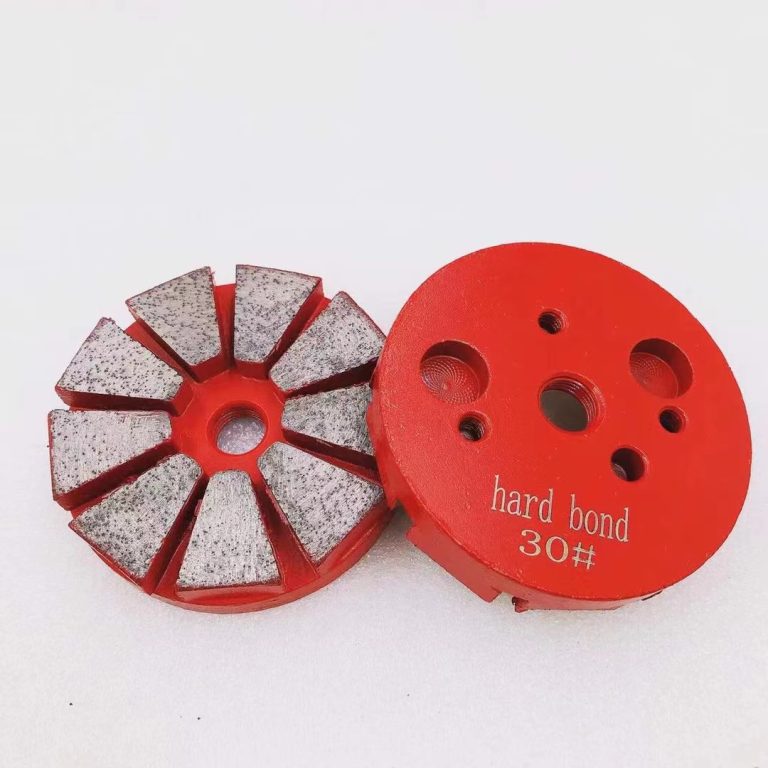Must Know About Dekton Blade
General Introduction
Dekton blades are cutting tools designed specifically for cutting Dekton, a type of ultra – compact material. They are also suitable for cutting porcelain, ceramic, and other similar hard materials.
Blade Specifications
Diameter: Common diameters include 12”/300mm, 14”/350mm, 16”/400mm and 18”/450mm. There are also smaller – sized blades like 4”/105mm to 9”/230mm dry – cut blades, which are mainly used for cutting sintered stone, ceramic, and porcelain surface materials for flooring, wall panels, and countertops.
Core Thickness: Usually 2.3 mm for saw blades and 1.2mm for turbo blades.
Segment Height: For some bridge saw blades, the segment height is 10 mm.
Arbor: Blades with arbors of 50 mm or 60 mm are common, which are suitable for bridge saws with standard – sized fitting holes. And 22.23mm or 20mm for small turbo blades.
Performance Characteristics
High – Quality Cutting: The continuous rim configuration of some blades can provide very clean, chip – free cuts.
Heat Resistance: Due to the high hardness of Dekton materials, Dekton blades need to have good heat resistance to avoid overheating and wear during the cutting process. For example, the UCY Dekton silent – core continuous – rim bridge saw blade has specially designed segments that allow water to flow along the sides of each segment while cutting, helping to keep the blade cooler and reduce friction.
High Speed and Efficiency: The straight – cut feed rate of Tenax dekton blades can reach 600 – 1000 mm per minute, and the miter – cut feed rate is 350 – 800 mm per minute. The recommended rotational speed (rpm) varies depending on the blade diameter and the thickness of the material. For example, for a 14 – inch blade cutting Dekton slabs, the straight – cut speed is 2200 rpm at 4 – 7 feet per minute, and the miter – cut speed is 2200 rpm at 1 – 3 feet per minute for a 45 – degree cut.




